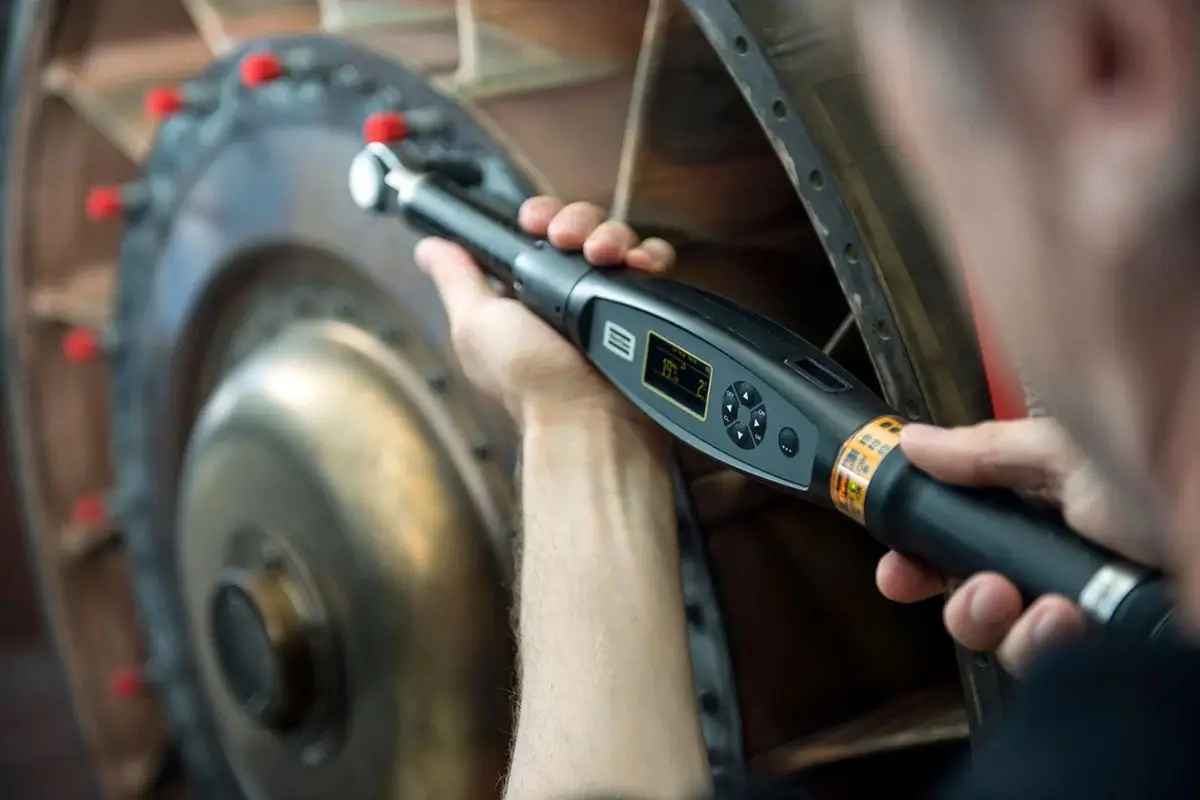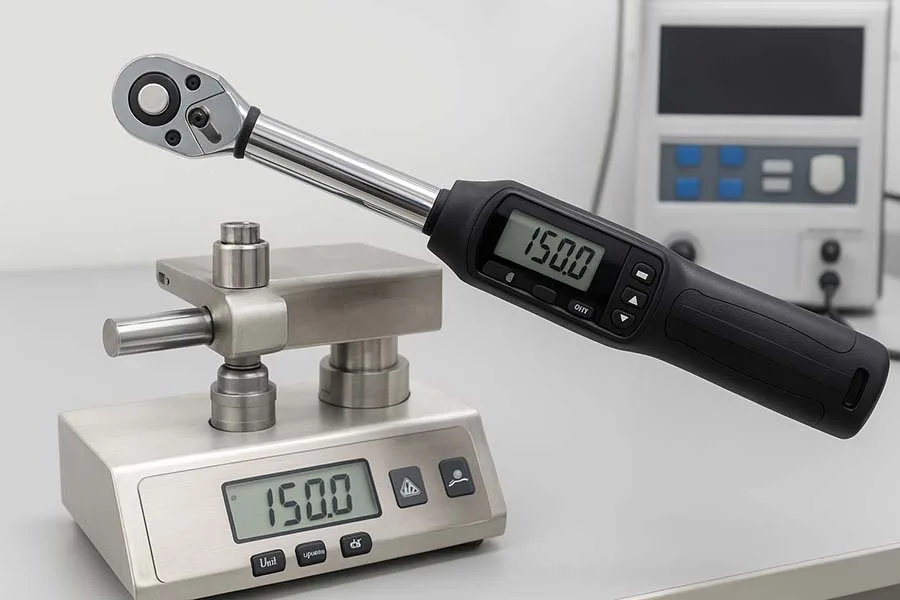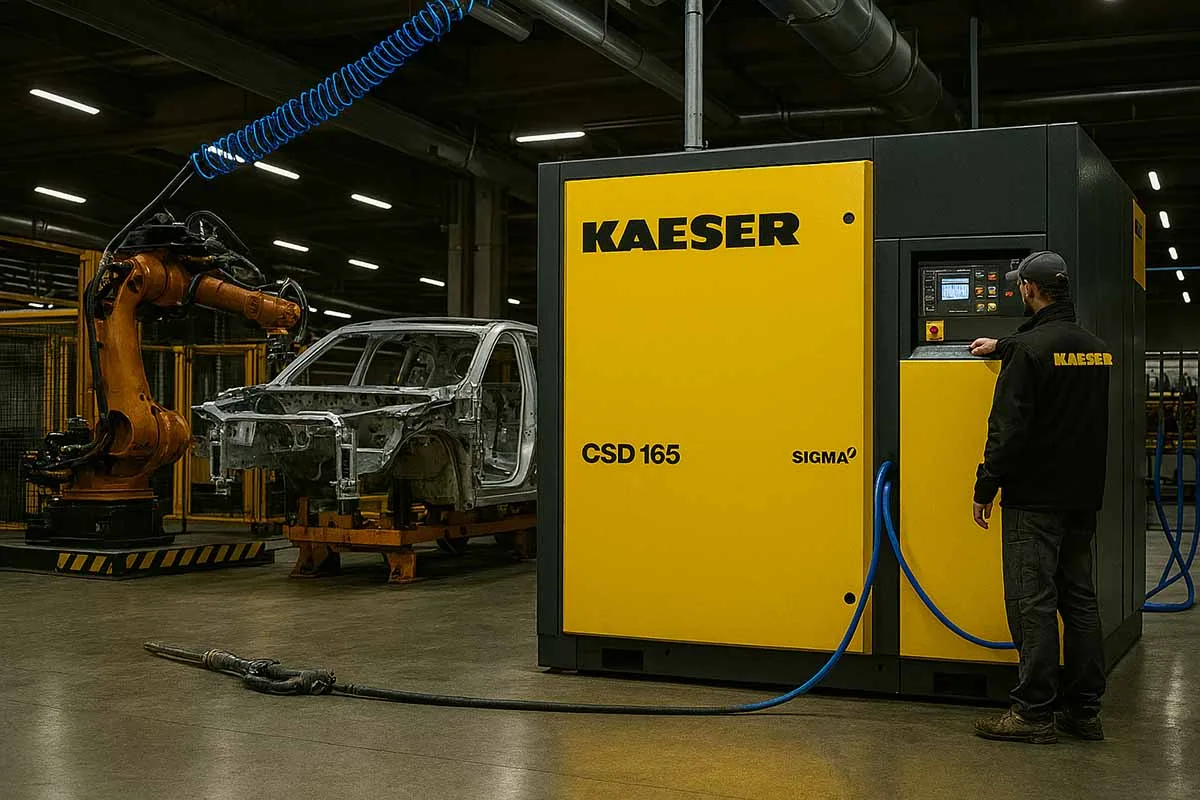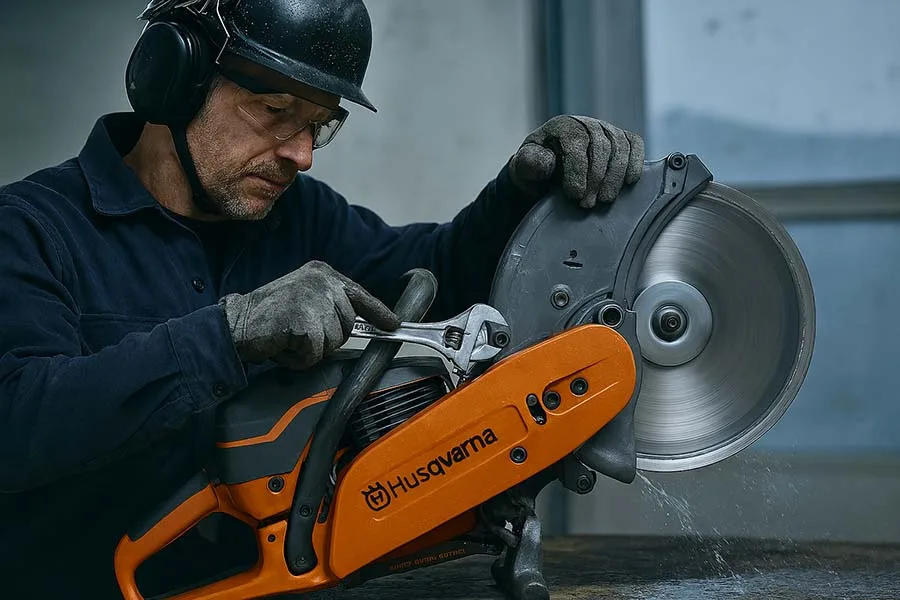Introduction
A torque wrench is only as good as its accuracy. If your wrench is off by even a few percentage points, you risk overtightening bolts, damaging equipment, or worse – compromising safety. That’s why calibration is not just recommended, it’s essential, as we have explained in our article Ultimate Guide to Torque Wrenches.
In this guide, we’ll cover how to calibrate a torque wrench step by step, what tools you need, how often you should do it, and why calibration is critical for professionals in industries like automotive, aerospace, and construction.
🔧 “A torque wrench that isn’t calibrated is like a clock that doesn’t keep time – useless at best, dangerous at worst.”
— Dr. Michael Grant, Mechanical Engineering Consultant
Why Calibration Matters
- Safety: Prevents bolt or nut failure in critical systems.
- Accuracy: Ensures the wrench delivers torque within its rated precision.
- Compliance: Meets ISO 6789 standards required in many industries.
- Longevity: Protects the life of both your torque wrench and the equipment it services.
Tools You’ll Need for Calibration
- A torque wrench calibration tester (commercial unit or professional bench)
- A known weight and lever arm (for manual calibration)
- A stable mounting setup
- Calibration logbook (digital or paper)
Step-by-Step Guide to Calibrate a Torque Wrench
Step 1: Check the Manufacturer’s Manual
Every torque wrench has specific calibration recommendations. Always review these before starting.
Step 2: Set Up Your Calibration Equipment
Mount the torque wrench in a horizontal position using a calibration tester or lever-arm setup. Ensure the tool is stable and aligned correctly.
Step 3: Apply a Known Torque
- If using a calibration machine: set the torque value and apply gradually.
- If using weights: attach the weight at the correct distance (lever arm) to equal the desired torque.
Formula:
Torque (Nm) = Force (N) × Distance (m)
Step 4: Compare Readings
Record the value shown on the torque wrench against the known applied torque.
Step 5: Adjust if Necessary
- Some digital and click-type models allow internal adjustments.
- If your wrench does not, professional recalibration may be required.
Step 6: Repeat Across the Range
Check at 20%, 60%, and 100% of the wrench’s torque capacity for accuracy.
Step 7: Document Your Results
Record the calibration results in a logbook. Many industries require this documentation for compliance.
Calibration Frequency
- Professional Use (Daily/Industrial): Every 6 months
- Moderate Use (Workshops): Every 12 months
- DIY Occasional Use: Every 18–24 months
- After Impact Damage: Immediately recalibrate
Professional Calibration vs. DIY Calibration
| Option | Pros | Cons |
|---|---|---|
| Professional Lab | Certified results, meets ISO standards | Costly, downtime for tool |
| DIY Calibration | Affordable, faster | Less precise, not always compliant |
Signs Your Torque Wrench Needs Calibration
- Inconsistent or “off” click sounds (click-type models)
- Digital display errors or fluctuating readings
- Loose or sticky adjustment mechanisms
- Equipment or bolt failures despite proper tightening
Interesting & Lesser-Known Facts
🔧 Interesting Fact: Torque wrenches used in Formula 1 teams are calibrated before every single race to ensure split-second reliability.
🔧 Lesser-Known Fact: The ISO 6789 standard requires torque wrench calibration to be performed under controlled temperature and humidity conditions for maximum accuracy.
How to Calibrate a Torque Wrench FAQ
Want To Learn More About Torque Wrench?
Find out more information on torque wrenches in the following articles:
- The Ultimate Guide to Torque Wrenches
- How to Use a Torque Wrench in the Automotive Industry
- Automotive Torque Wrench Buying Guide 2025
- Digital vs. Mechanical Torque Wrenches: Which Is Better?
- Best Digital Torque Wrench in 2025
- Top Torque Wrench Manufacturers Reviewed (2025 Edition)
- How to Set Up a Torque Wrench Correctly (Step‑by‑Step)
- How to Read a Torque Wrench Correctly?
- Torque Wrench Maintenance: How to Extend Its Life
- 5 Common Mistakes When Using a Torque Wrench
- The Future of Torque Wrenches: Smart Tools & Automation 2025
- Torque Wrenches in Aviation – Case Studies on Safety
- Torque Wrench Safety: Prevent Overtightening & Bolt Failures
- Torque Wrench Accuracy Explained | Understanding Tolerance in Practice
- Digital Torque Wrench Calibration – Step-by-Step Guide 2025
- Snap-On Digital Torque Wrenches (2025) – Premium Review
- Proto Torque Wrenches: Complete Buying Guide & Pro Review (2025 Edition)
- How to Choose the Right Torque Wrench for Your Job
Conclusion
Calibrating your torque wrench isn’t just maintenance – it’s a responsibility. Whether you choose a professional lab calibration or a DIY lever-arm method, keeping your tool accurate ensures safety, performance, and compliance.
💬 Your Turn!
Have you ever calibrated your torque wrench at home, or do you prefer professional services? Share your experience in the comments below – and don’t forget to pass this guide on to your colleagues and fellow tool enthusiasts!





